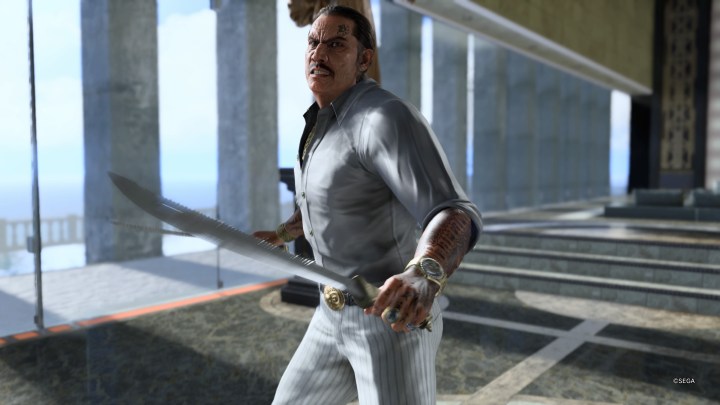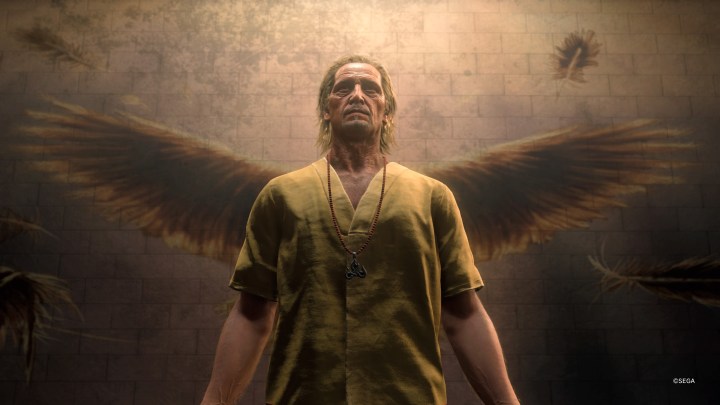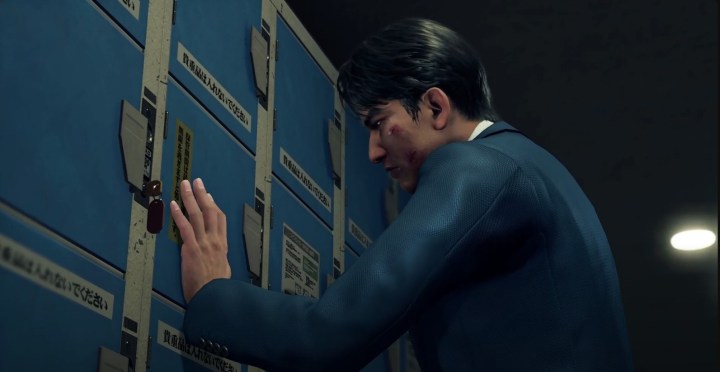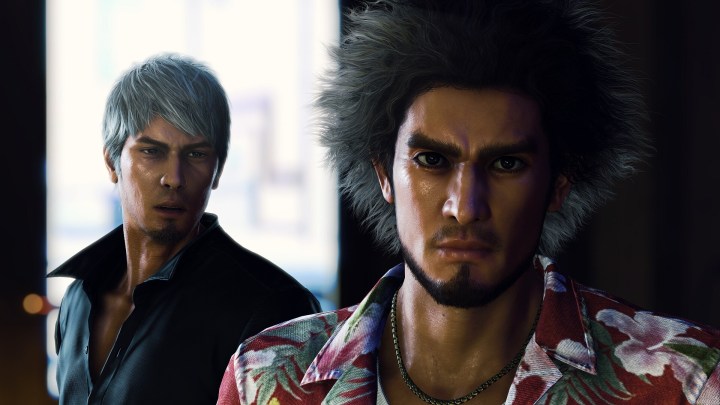
In the recently released Like A Dragon: Infinite Wealth, developer Ryu Ga Gotoku Studio tells a story of rehabilitation and proves that everyone has the chance to be better. No matter your past, there’s the human element of wanting to leave the world a better place than you found it, and that often rings true throughout the lengthy main story.
However, many of its villains never see the fruits Infinite Wealth’s story tries to bear because they are discarded for grander plot beats. It constantly swaps out the target antagonist for the next “big bad,” but ultimately forgets to give many of these villains room to breathe. Infinite Wealth undercuts its themes when they matter most by relying on a handful of weak villains throughout the game’s early and mid-game chapters to build to the final battle.
This article contains spoilers for Like a Dragon: Infinite Wealth.
Too Little Too Late
In Infinite Wealth, the lovable Ichiban Kasuga is sent on a mission to track his mother down in Hawaii, which opens the door for new characters, villains, twists, and turns. Shortly after reaching Honolulu City, Kasuga learns his mother is embroiled in something much greater, and every person in power is looking to find her. Infinite Wealth goes for a quantity approach to its villains, treating them like dominoes set up to knock the next plot beat over. They always fall the same way and in the same direction.
This is most notably seen in Dwight Mendez, played by Danny Trejo. He serves as the captain of the Barracudas gang, roaming the Hawaiian streets at night to terrorize anyone who steps up to them. While the Barracudas are a gang you’ll encounter often through Infinite Wealth, Dwight is largely absent outside Chapter 3. He is given very little motivation besides simply wanting to please Bryce and acquire more power. It wouldn’t be egregious if Dwight were just one stepping stone to something else, but they bring him back in the last few chapters as just another guy standing in Kasuga’s way.

He has no real character, development, or even real reason to make him a foil to Kiryu or Kasuga. That first fight is a significant moment for your newest party member, Tomizawa, as his life has been turned upside down by the evil lurking in Hawaii, but Tomizawa gets another scene later on that retreads the same beats. Dwight exists to give a small bit of exposition before moving on.
This is all in service of the main antagonist, Bryce Fairchild, leader of the Palekana orphanage and, ultimately, one of the two central villains of Infinite Wealth’s story.
When you’re building towards a villain for over 40 hours, you need to have a spin, something to make the fight worth it. Bryce falls victim to a stereotypical cult leader archetype that has become a tired trope in games. While he demands global influence over the world, his only real motivation is to be seen as a god, and have his name carry a legacy far beyond the scope of the island dwellers of Hawaii.

Because Infinite Wealth spends so much time keeping Bryce in the shadows, he never feels like a fully fleshed-out character. We get glimpses, and it’s clear the story of Infinite Wealth puts a lot on his shoulders but never gives us a deeper look at why we, as players, should care.
Bryce never sees rehabilitation, either. Kasuga and crew stop him from achieving his goal and strip him of his corrupted power, but ultimately, Bryce falls by the wayside for yet another villain. Instead of focusing on a few strong foils, Infinite Wealth bounces between so many it simply doesn’t have the time to dwell on others.
Looking to The Past
Sure, previous entries in the series sometimes fell to the same fate, but I often look at Yakuza 0 as the blueprint. Escalation is key to keeping things interesting, and Yakuza 0 has that in spades. Daisaku Kuze, the Tojo Clan Patriarch, is a prime example. You hate this guy from the first moment you meet him; he doesn’t look to please anyone but himself, but there’s an innate sense of “I want to punch this guy really hard.” And you’d be surprised how far that mantra can go.
From your first fight in a one-on-one brawl to a motorcycle subway clash, Kuze’s fights mean something every time he shows up; they aren’t trying to lay the groundwork for something bigger. You’re introduced to the players, and while the story takes its twists and turns, you grow to resent the men at the top, making you squirm. From your first fistfight with Kuze to his grand motorcycle entrance in the sewers, you see a natural intensification of the situation.
Many of Infinite Wealth’s main antagonists don’t hold the emotional resonance of its predecessor, Yakuza: Like A Dragon. No scene with them even comes close to some of Like A Dragon’s most powerful moments. Ryo Aoki’s final scene at the coin lockers with Kasuga is seared into my brain. It’s the culmination of everything Yakuza: Like a Dragon set up in its core themes of found family. Ryo hates how his life began and hasn’t been able to see past that. Ryo Aoki exudes a sincerity and emotional vulnerability that are missing from many of Infinite Wealth’s main offenders.

Despite everything, Kasuga’s brotherly love for Ryo creates a perfect dichotomy in this moment. Two opposing ideas come together as perfect foils for one another. Kasuga’s loving and downright naive nature shines through because Ryo Aoki was given the time to grow and breathe as a villain. Even when looking down the barrel or a gun, we as players understand how Ryo got to this moment and why it has to be this way.
Moments in the series like these underscore how Bryce falls flat — never given a moment outside of being perceived as a god. There is no real human element for us to latch onto, and it’s why Bryce ultimately fails at emotionally resonating.
Infinite Wealth’s villain problem comes to a head at the top of Millennium Tower when Ebina – the game’s true big bad – proclaims that whether Bryce succeeded or failed, it didn’t matter. Ebina plans to become the most powerful man in the world, and use it to destroy the Yakuza completely. His hatred ultimately blinds him to everything else in the world.

While this helps bolster Ebina as a man with deliberate intentions and even more hatred for the Yakuza than everyone else, it underscores how little every other villain we dealt with along the way was. For a game that can take upwards of 40 hours, it’s a tough pill to swallow seeing the game acknowledge this head-on.
Infinite Wealth tries to balance Bryce and Ebina as foils for Kasuga and Kiryu – one focused on the future while the other is still fighting the demons of the past. In doing so, Bryce falls to the wayside. Ebina’s motivations, while much more fleshed out and resonant, are still only half the story and perhaps would have better served as the only main antagonist of the game.
Infinite Wealth deals in quantity, and while it gives some standout villains turned friends like Yamai, its insistence on characters like Bryce being the centerpiece left me scratching my head. With a central theme of rehabilitation and proving you can always make the most of your life, it’s a shame to see so much opportunity left on the table.
Like a Dragon: Infinite Wealth is available now on PS4, PS5, Xbox One, Xbox Series X/S, and PC.



